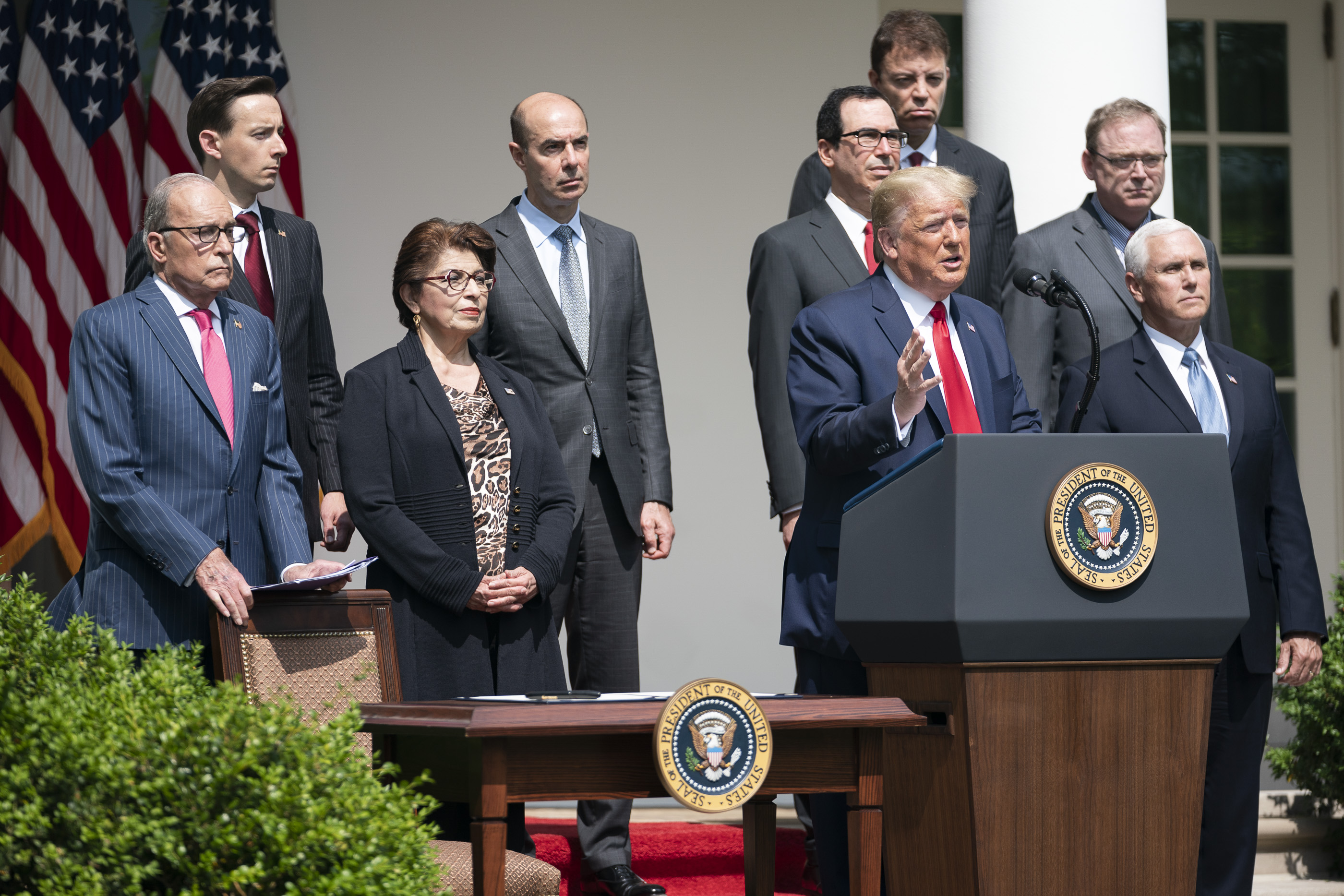Does Trump Turn Up the Heat?
American Presidency Project Calibrates Tone of Press Briefings

The relationships between presidential administrations and the media aren’t always rosy, but President Trump’s use of the phrase “fake news” appears to mark a new height of hostility. But is this a unique phenomenon or have media relations been equally tense in previous administrations? John Woolley and Joshua Meyer-Gutbrod of UC Santa Barbara analyzed 35 years of press briefing transcripts to find the answer.
Woolley is the co-director of the American Presidency Project and serves as a professor of political science at the university. Meyer-Gutbrod is a National Science Foundation postdoctoral research fellow at UCSB.
To begin their research, the pair turned to the American Presidency Project’s archive of press briefing transcripts. They sifted through press briefings from Clinton through Trump, tracking trends in the language used over time.
The words used were examined using the NRC Emotional Lexicon, which categorizes English words by their associations with basic emotions like joy, fear, trust, and so on. Each word is also paired with a sentiment, either negative or positive. “Generally, each side tends to reinforce, or mirror, positive and negative language of the counterparty during press briefings. However, we find a significant disjunction with the Trump Administration,” the researchers wrote in the paper, which appeared in the academic journal Political Communication in May.
Titled “New Conflicts in the Briefing Room,” the paper found that press relations in the Trump era are more negative than they were during the Clinton, Bush, and Obama years. But the media did not undergo a similar shift toward negativity. Instead, the researchers describe the tone shift as “one-sided,” explaining that the Trump administration is more sensitive to negativity from members of the media during press briefings.
“Any increase in negativity on the part of the press, any additional sort of pressure on questions or discussion of negative topics, results in a decline in positivity on the administration,” Meyer-Gutbrod said. “It seems like they sort of shut down and stop engaging.”
Because of the paper’s potential to be controversial, the researchers paid careful attention to objectivity during all parts of the process. “It was important that the research not be set up so as to deliver a predetermined outcome,” Woolley said. “It’s totally straight; not pre-cooked.”
What does this mean for us today? The research was completed before COVID-19 hit the U.S., but its findings remain relevant months later. The researchers stressed that the analysis didn’t focus on Trump alone, but on the attitude found throughout the Trump administration. Transparency with media and with the public is of the utmost importance through the pandemic, but this research suggests that the Trump administration instead has a systematic resolve to control the message.
“The administration realizes that broad public communication is essential for coping with this crisis. But they are having a hard time overcoming the harsh relationship that exists with most major media outlets,” Woolley said.



